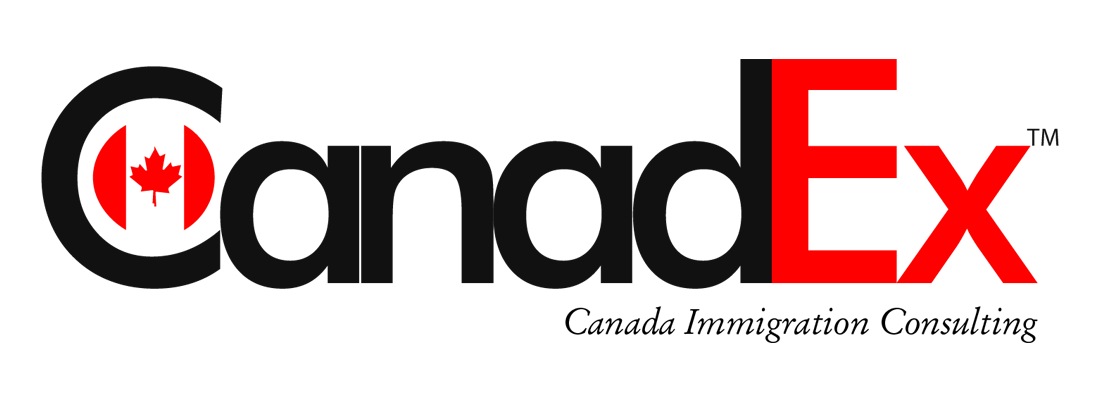The intricacies of Canada’s work permit system can be a challenging task, especially for newcomers. To shed light on this process, we’ve compiled answers to the top 10 questions often raised about obtaining a work permit in Canada.
What is the cost of a work permit in Canada?
The processing fee for a work permit in Canada remains consistent, regardless of your industry or application stream. It amounts to $155 CAD per person. However, if you’re applying for an open work permit, the fee is reduced to $100 CAD per person.
What documents are required for a Canadian work permit?
When applying for a work permit in Canada, you must submit a comprehensive set of documents, including:
- A valid travel document or passport
- Photographs of yourself and accompanying family members
- Evidence of meeting job requirements
- Certificat d’Acceptation du Quebec (if applicable)
- Proof of relationships with spouses, children, or common-law partners
- Completed Application For Work Permit Made Outside of Canada (IMM 1295) form (for applications outside Canada)
- Completed Document Checklist (IMM 5488)
- Completed Family Information (IMM 5645) form
- Completed Schedule 1 – Application for Temporary Resident Visa form (if applicable)
You may also need to submit documentation from your employer.
Can I apply for a Canadian work permit without a job offer?
While most candidates require a job offer from a Canadian employer, often supported by a Labor Market Impact Assessment (LMIA), there are exceptions. Graduates from Designated Learning Institutions (DLIs) may be eligible for a Post-Graduation Work Permit (PGWP) without a job offer. Similarly, spouses of Canadian work or study permit holders might qualify for a work permit without a job offer.
Who is eligible for an open work permit in Canada?
Open work permits are available to various individuals, including:
- International students eligible for the Post-Graduation Work Permit Program (PGWP)
- Students facing financial hardship
- Permanent residence applicants
- Dependents of permanent residence applicants
- Spouses or common-law partners of skilled workers or international students
- Spouses or common-law partners of Atlantic Immigration Pilot Program applicants
- Refugees, refugee claimants, protected persons, or their family members
- Individuals under an unenforceable removal order
- Temporary resident permit holders
- Young workers participating in special programs
Can I bring my family to Canada on my work permit?
If you secure a work permit with a valid job offer from a Canadian employer, you may be eligible to bring your spouse and dependent children with you to Canada. Your spouse may also apply for an open work permit, allowing them to work for any Canadian employer. Dependent children may also qualify for a work permit, provided they meet specific criteria.
What are the types of work permits in Canada?
Canada offers two categories of work permits: LMIA-supported (closed) and LMIA-exempt (open). The Labor Market Impact Assessment (LMIA) demonstrates that hiring a foreign worker won’t negatively impact the Canadian labor market.
The Temporary Foreign Worker Program (TFWP) requires an LMIA, while the International Mobility Program (IMP) does not. For instance, under IMP, free trade agreements like the Canada-United States-Mexico Agreement (CUSMA) allow foreign workers to apply for work permits without the need for an LMIA.
What is the fastest work permit option in Canada?
The Global Talent Stream is one of the quickest routes to secure a work permit in Canada. It brings foreign nationals to Canada on temporary work permits to address specific labor market needs. Applications are typically processed within 10 business days, allowing certain skilled workers to obtain a work permit in as little as two weeks.
This stream includes Category A for high-growth companies and Category B for employers seeking highly skilled foreign workers.
What is the typical processing time for Canadian work permits?
Canadian work permit processing times usually range from one to nine months. The timeline begins when Immigration, Refugees and Citizenship Canada (IRCC) receives your completed application and ends when they make a decision.
Processing times depend on various factors, including the type of application, application completeness, verification ease, and responsiveness to requests or concerns.
Can I change my visitor status to a worker in Canada?
Visitors in Canada can apply for a Temporary Resident Visa (TRV) and subsequently apply for a work permit, transitioning from visitor to worker status. To achieve this, secure a job offer and ensure you meet the eligibility criteria for a work permit. Once eligible, submit your work permit application.
Can I apply for permanent residence while on a work permit in Canada?
Yes, work permit holders in Canada can apply for permanent residence (PR) through specific immigration programs tailored for temporary foreign workers. The Canadian Experience Class (CEC) is a prominent pathway, where your Canadian work experience plays a crucial role in obtaining PR.
Requirements include at least 12 months of full-time skilled work experience in Canada within the three years preceding your application and meeting or exceeding language skills requirements according to your work experience’s National Occupational Classification (NOC) skill level.
